Last Updated on 30 August 2024 by Cycloscope
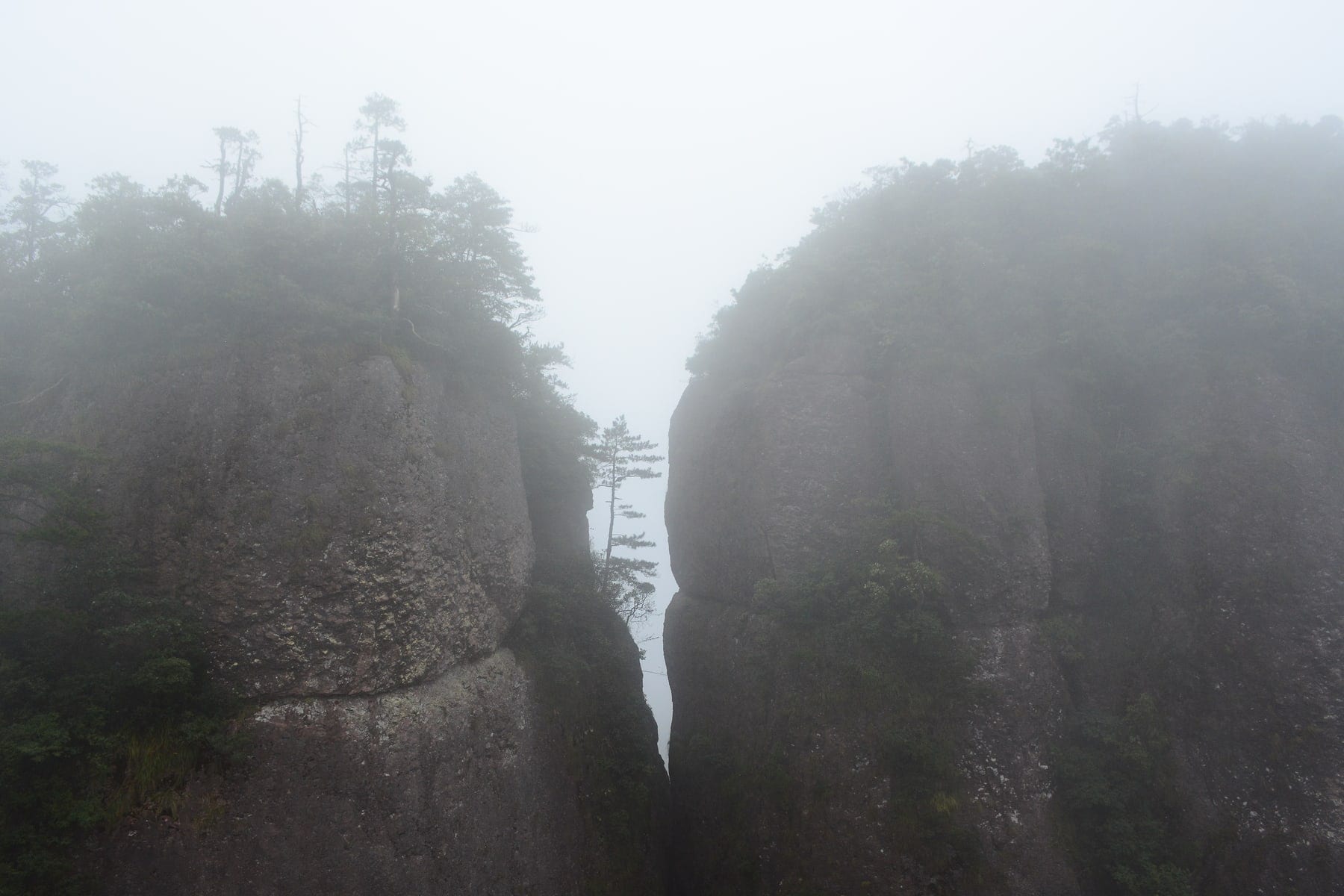
Shenxianju Travel Guide
One of the Best National Parks in Zhejiang Province
Near Hangzhou and Shanghai
Shenxianju National Park, also known as Jingxing Xianju Cliffs Scenic Area, is one of the most impressive in Zhejiang and in the whole of Eastern China, absolutely a must-visit attraction if you live or are traveling in Hangzhou, Shanghai, or anywhere else in Zhejiang province.
These are the kind of peaks China is famous for, similar to the ones in Zhangjiajie, that inspired the scenery of the movie Avatar. The place is absolutely thrilling but maybe not suited for all, the vertiginous heights of balconies and platforms may be too much for those who are prone to panic attacks. If that’s not the case, then start planning your visit to this place right now, you’ll not regret it.
This post is part of our weekend getaways from Shanghai or Hangzhou, a collection of great off-the-beaten-path spots in Zhejiang and Jiangsu.
Check Also
- Tea terraces and waterfalls in Shibawo
- The great wall without crowds: Linhai
- The holy mountains of Tiantai
- Qiandaohu – the thousand islands lake of Zhejiang
Xianju Travel Guide
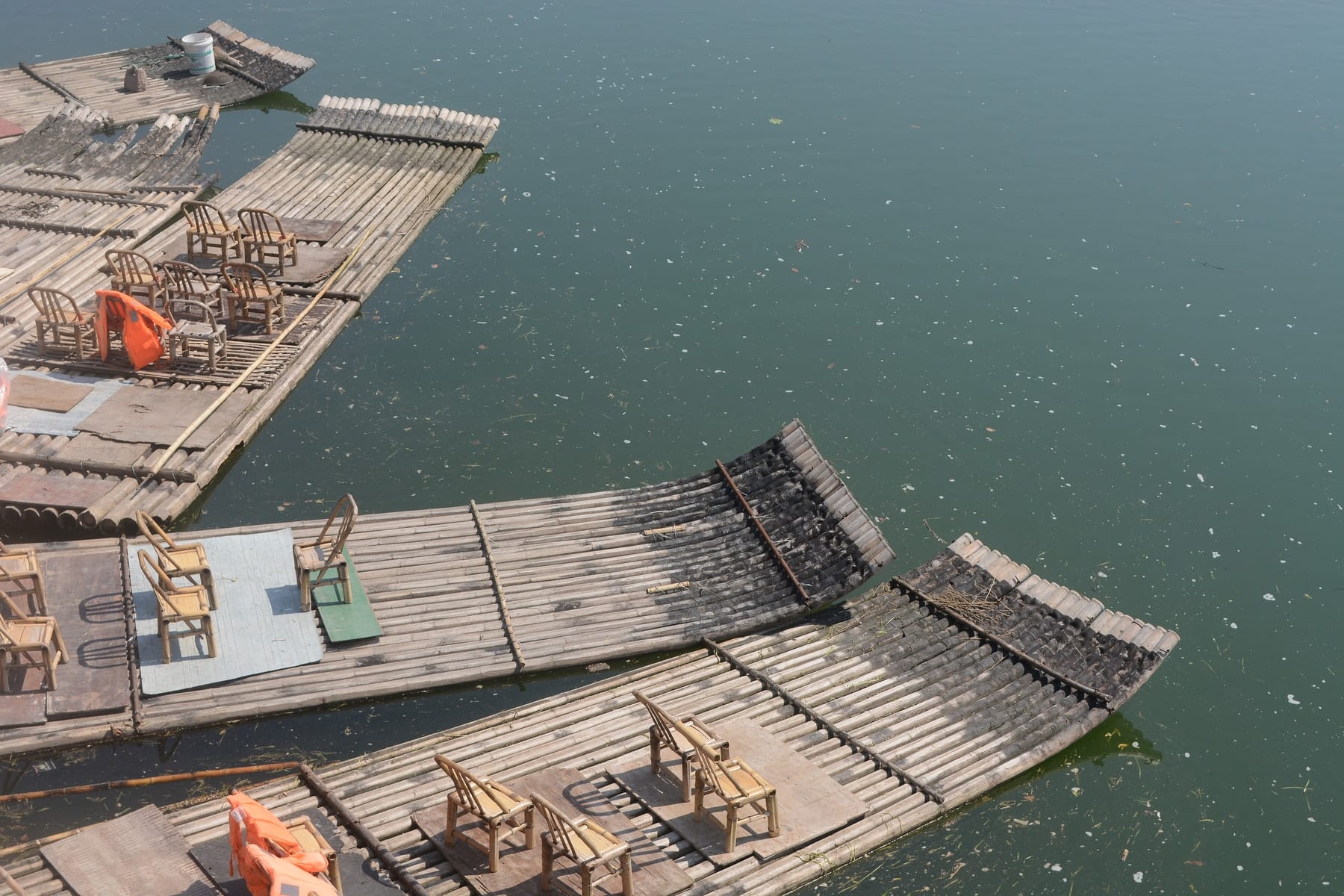
Xianju
Xianju city appears really ugly, it looks like a modern settlement made up to gather people scattered around the area.
We didn’t look so deeply but we haven’t seen any old part of the city, whether destroyed or never existed we don’t know.
The only notable thing is a small park along the river, where bamboo rafts were parked, probably you can hire them for a river trip.
There’s really no reason to stay in Xianju, the nice places are all further south, we advise you to book your accommodation in Baitazhen, that’s what we did.
Baitazhen
Baitazhen is a small village that is quickly being transformed into a tourist resort for its proximity to the Shenxianju National Park and the mountainous environment in general. It still has the atmosphere of a rundown countryside town, with few dining options but quite a few hotels, they all seem to accept foreigners.
Going towards the south entrance on the Shenxianjiu Scenic Area, just a few kilometers from the town center lays the old village, where the traditional dry-walled houses and rural lifestyle are found, a leap into the past.
Weiqiang Brook
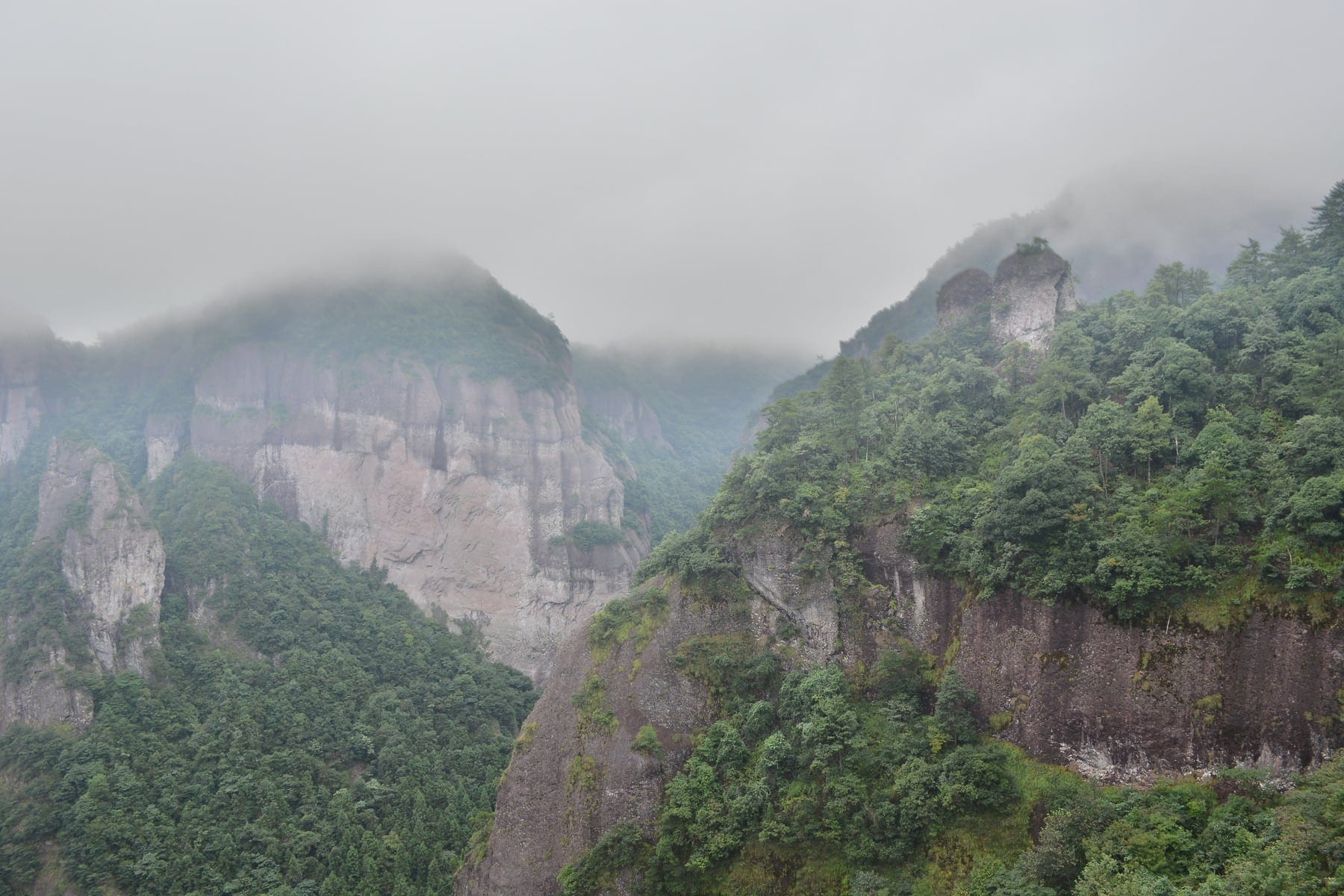
South of Baitazhen, going along the west side of the Jingxing Xianju Cliffs (Shenxianju) runs the Bailong line, a road that follows along the Weiqiang River. A lot of nice bathing spots can be found here, deep and wide ponds where you can swim freely and even dive from the rocks. The more secluded Danzhu area is on the Youxi Brook, a tributary of the Weiqiang.
Around this area are a few very small settlements where some hotels are, those look like amazing places to spend time if the weather is warm, you’ll just go down from your room and jump into the river, besides having an astounding view of the Shenxianju cliffs. You can book these hotels on Ctrip.
Shenxianju Scenic Area – the ascent
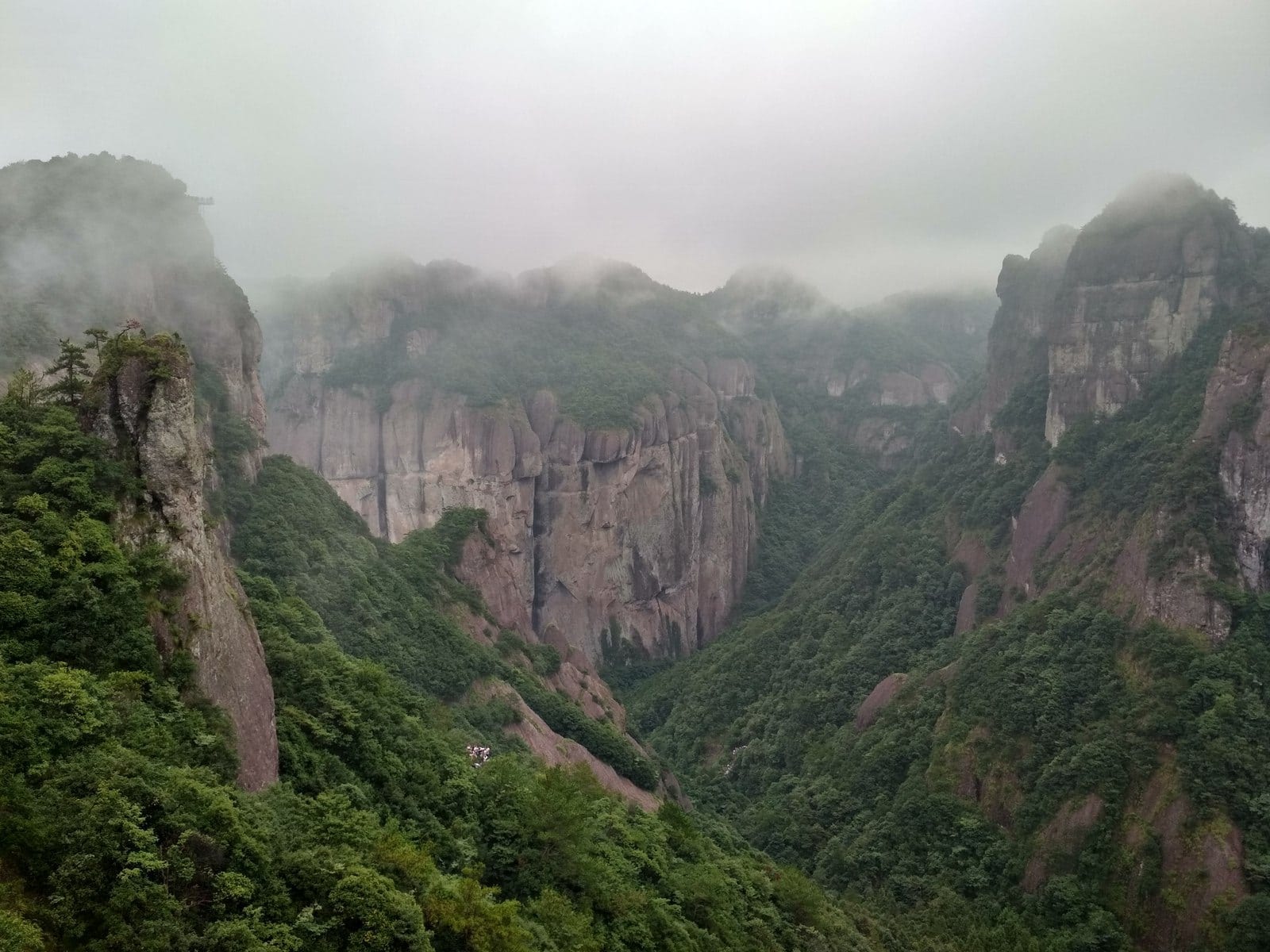
The national park comprising the Taoist mountain of Shenxianju has two entrances. The north one is situated 5 kilometers from the village of Baitazhen, coaches depart constantly from the Baitazhen bus station. The south entrance is further away, around 15km from Baitazhen. Most people enter from the north side and exit from the south, there is a shuttle service that will bring you back to the parking lot for free.
Two cableways can bring you up or down both from the north or south entrance, avoiding you the steep and long ascent, but also depriving of the satisfaction of having made it on your own.
The north entrance brings to a flat path, about 1km long, where the scenery starts to unfold in all its magnificent beauty. Done that, you’ll face the choice: take the cableway up or climb the mountain yourself, of course, advise the latter.
Just beside the ropeway gates is the first and most spectacular of the many waterfalls you’re going to see during this climb, the water goes down verticle from a height of some 50m. However, during the dry season (autumn and early winter) there might be no water at all.
Here the ascent begins, and it is no joke. We were impressed to see old men and women in their 70s or even older, slow and steady pace, going up the steep stairs with a smile on their faces. Impressive also is the sight of ladies climbing in high heels, while we would beg to have some real hiking boots.
The ascent takes from 90 minutes to 2 and a half hours and is goddamn tiring, although the many waterfalls, the fast river, and more than everything the stunning peaks make it a pleasure to endure the fatigue. Most of it though is shaded and made of steps, there are a few restoration points where to buy water. I was just very sad to see so many Chinese tourists littering around, although there are trash bins every 200m, most of the garbage is collected by the park workers, but some ends up corrupting the magic of this sacred place.
The Top of the Taoist Mountain
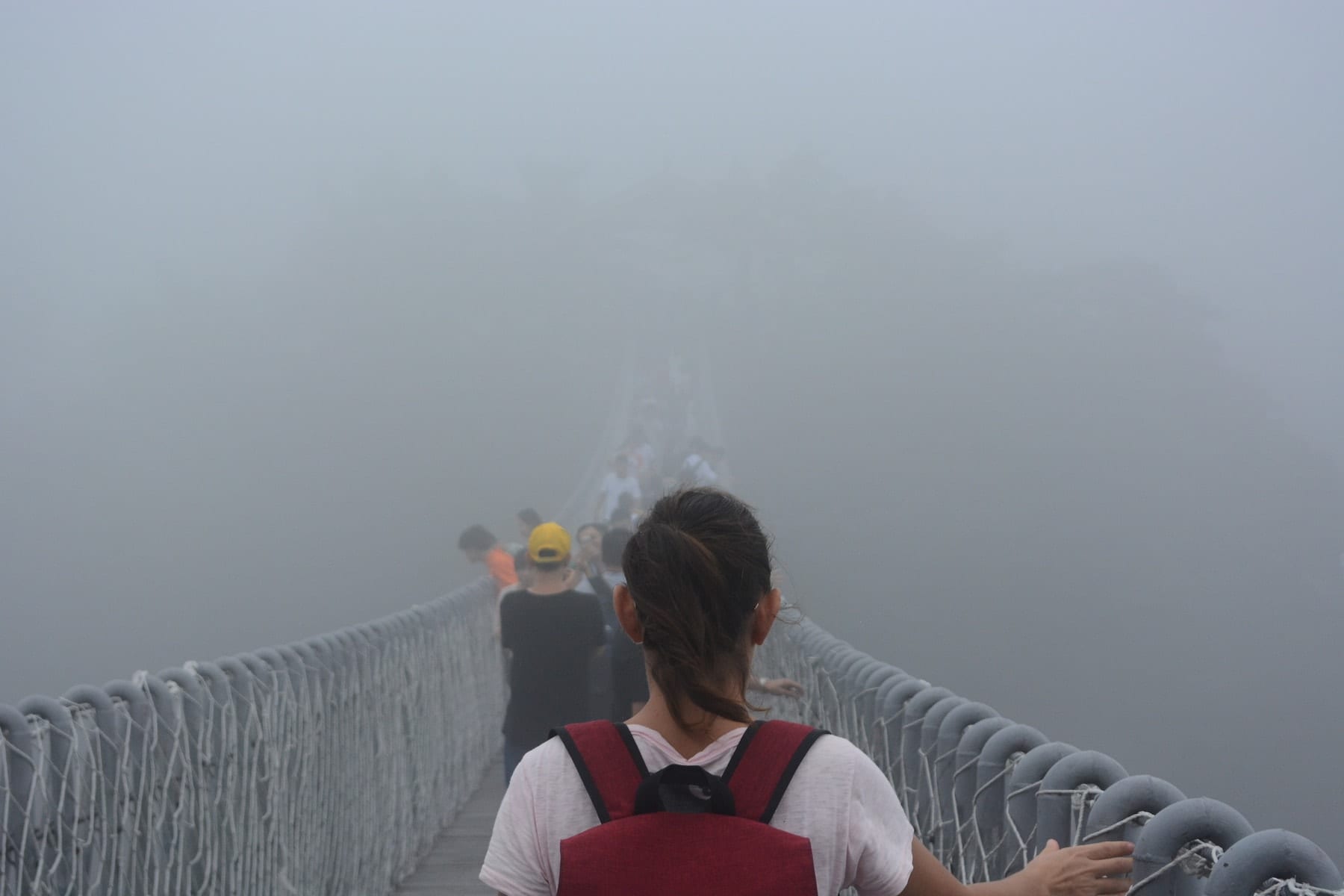
Reaching the top the path divides into three parts, with a big restoration point in the middle, a restaurant, and everything. From here there are two loops going around this the peaks and a way to the south side.
The weather was very foggy and we couldn’t see absolutely anything. Luckily after eating two boiled eggs and a yogurt, the sky cleared a bit and allowed us to enjoy the spectacular view, or at least some of it. In a kind of a way, the fog made everything even more mystical than it already was.
Worried not to have the time to explore it all, we headed straight to the south side. The path is a suspended platform of concrete for almost all the way, and there are a lot of pinnacles of the weirdest shapes, the Chinese saw something in each of them and they tell you: the sleeping beauty, the Buddha, the general, and so on… we could recognize only some of it, maybe it requires to be more visionary, or the use of opium.
The bridge above everything and the legs-wiggling platforms
What we could call the north side and the south side are connected by a suspended bridge, made of ropes and wood. The bridge is some hundreds of meters high and about 200m long, Elena was stoned and crossed in a rush, trembling when she reached the other side. I must admit it shook me a little bit too. But the scariest part has yet to come.
It’s on this side of the mountain that the most dramatic views unfold, the peaks are so vertical, torn apart from each other as if cut with a huge ax. Barren and majestic, they brought me on a somehow different plan of my existence.
Here the walkways are even more hallucinating, protruding in green the void of the valley below. There are also some platforms made of iron rods, which you can see below. Here my legs wiggled, Elena didn’t even set foot on those.
The way down
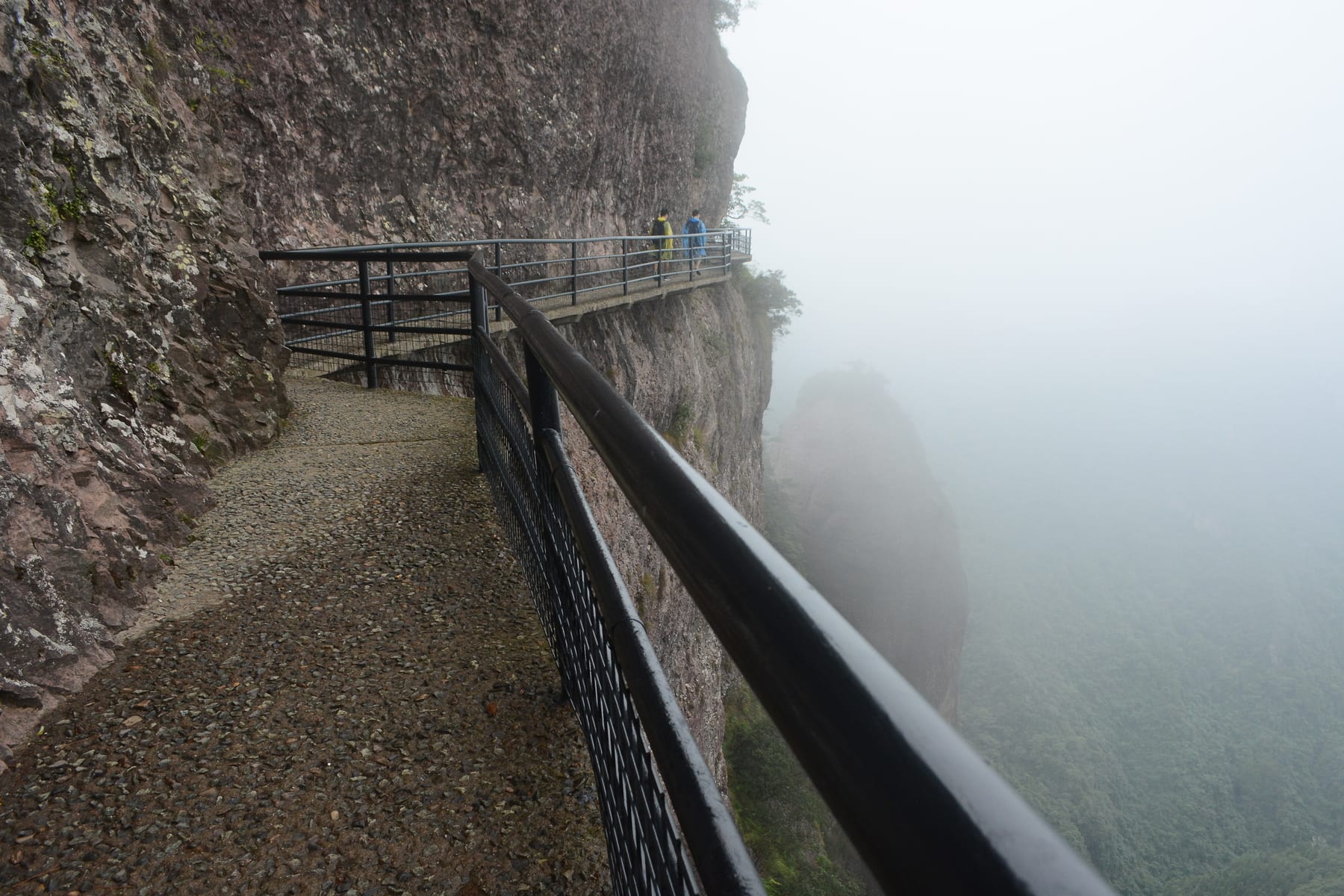
The cableway here is really worth it, going down with it you could have more time to explore the whole park, too bad it was out of service when we arrived there so we had to descend on foot. It took us about 90 minutes and it was way worse than going up, ankles and knees cried all the way down.
The scenery is also less spectacular, being for the most part into the woods. An endless series of steep steps leads to the south exit (or entrance, if you prefer), where the shuttle awaited to bring us back to the parking lot.
Shenxianju Fees and opening times
Access to this marvel doesn’t come cheap. In China, you pay for everything, and if it’s good, you pay more. The ticket costs 125RMB, while the cableway costs 55RMB for the way up and 45RMB for the way down, a whole lot of money overall.
Opening times are 8:30 a.m. to 5:00 p.m., while the last shuttle bus should leave at 5 p.m. on weekdays and 6 p.m. on holidays and weekends, or at least that’s what we understood.
Getting to Xianju
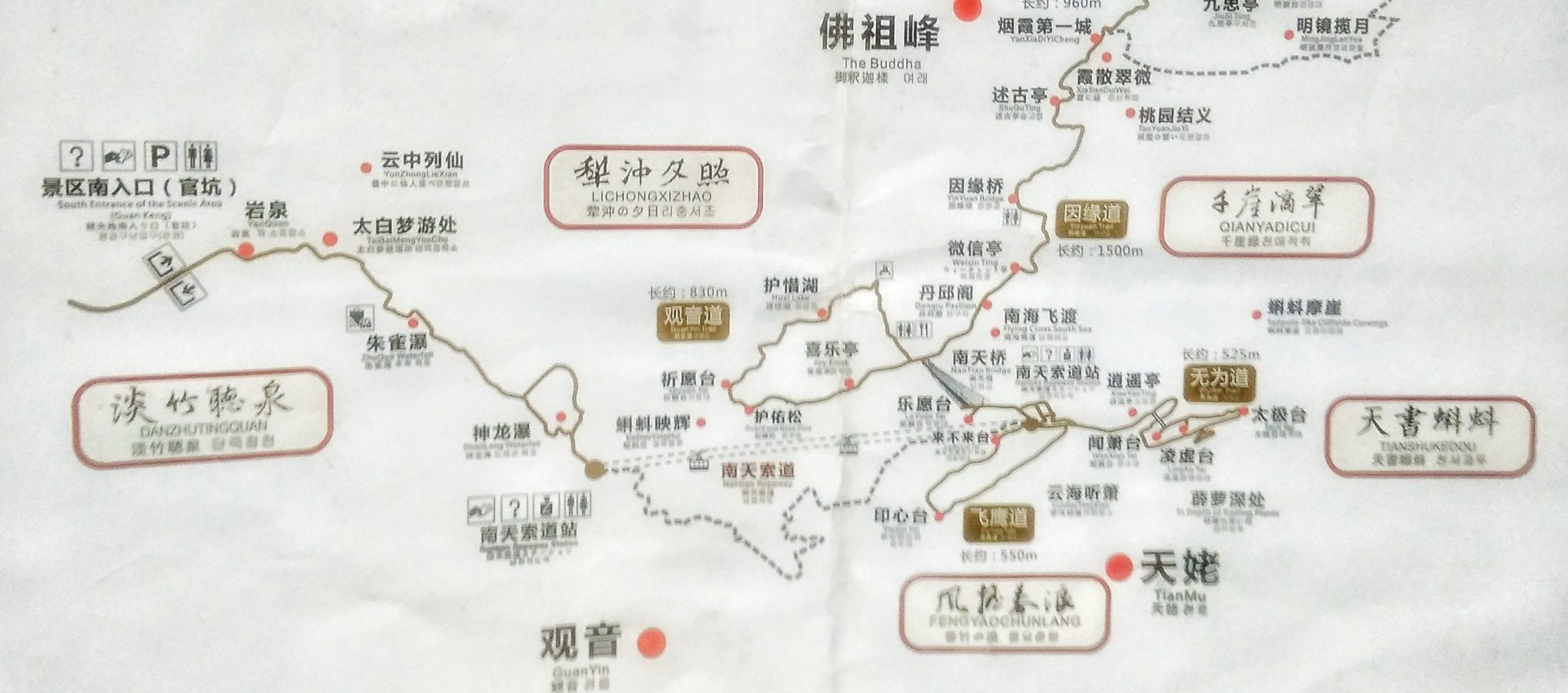
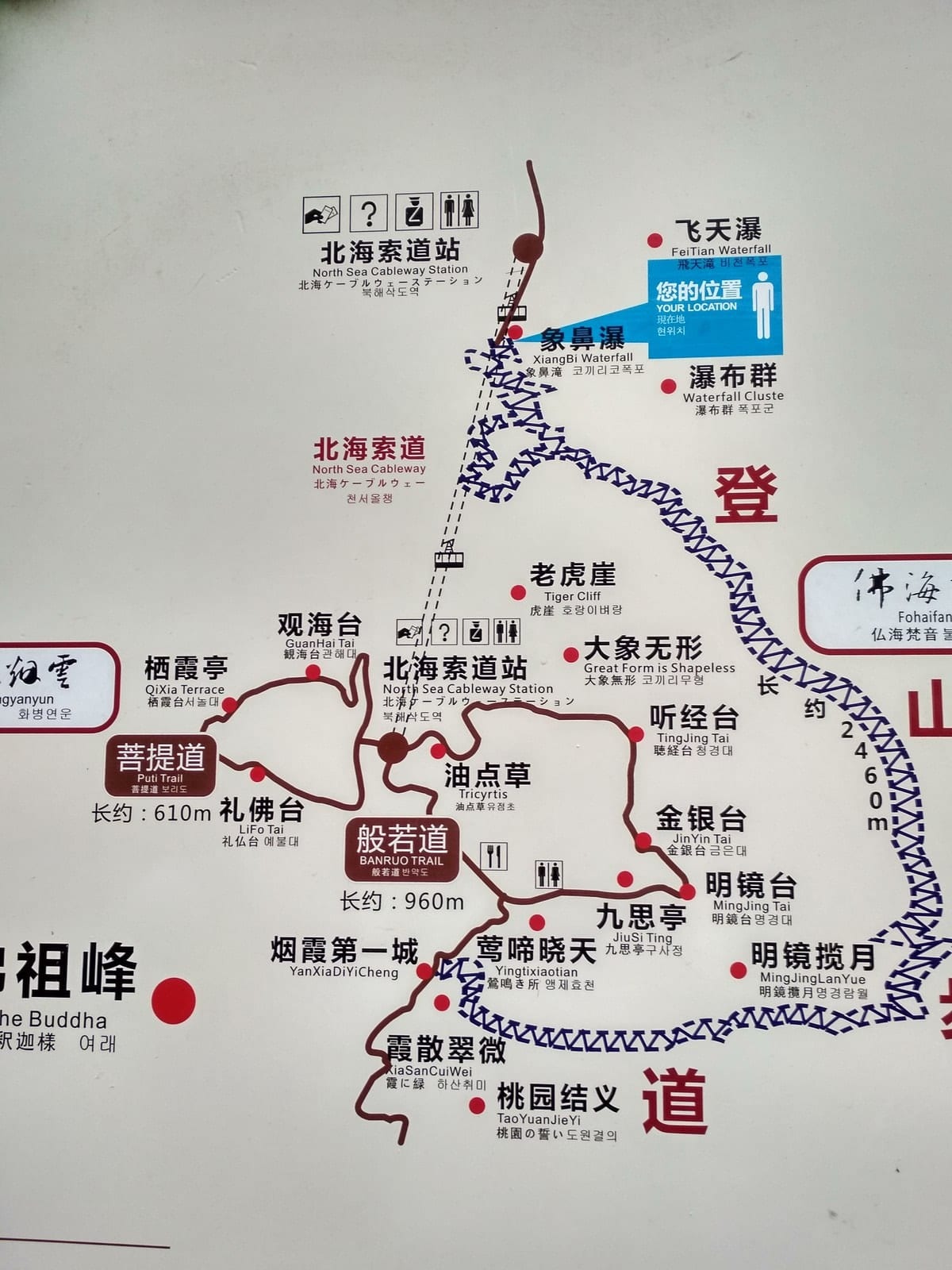
Unfortunately getting to Shenxianju was not easy at all, we went by motorbike from Linhai (the road is big and a bit boring).
From Taizhou:
There is bus transportation from Taizhou to Xianju, take it at the Taizhou Luqiao Bus Station and get off at Xianju. The first bus is at 08:10 while the last is at 16:45. The buses depart every 40~60 minutes. The bus fee is CNY 32.
They also depart from Taizhou Huangyan Bus Station. The first bus is at 09:00 while the last is at 17:105. The buses depart every 40~60 minutes. About CNY 30.
From Hangzhou or Shanghai:
Take the fast train to Taizhou and then follow the above. Otherwise, you could take the train to Linhai and then ask for a bus (we haven’t found any information on the internet), or hire a taxi, it shouldn’t be more than 150RMB to Xianju.
From Xianju or Baitazhen:
Then take the bus to Shenxianju Scenic Area from the local bus station. The fee is 10RMB for the bus from Xianju to Shenxianju Scenic Area. There are 6~7 buses each day. If you miss the buses, you can take a taxi, which costs about CNY 80.
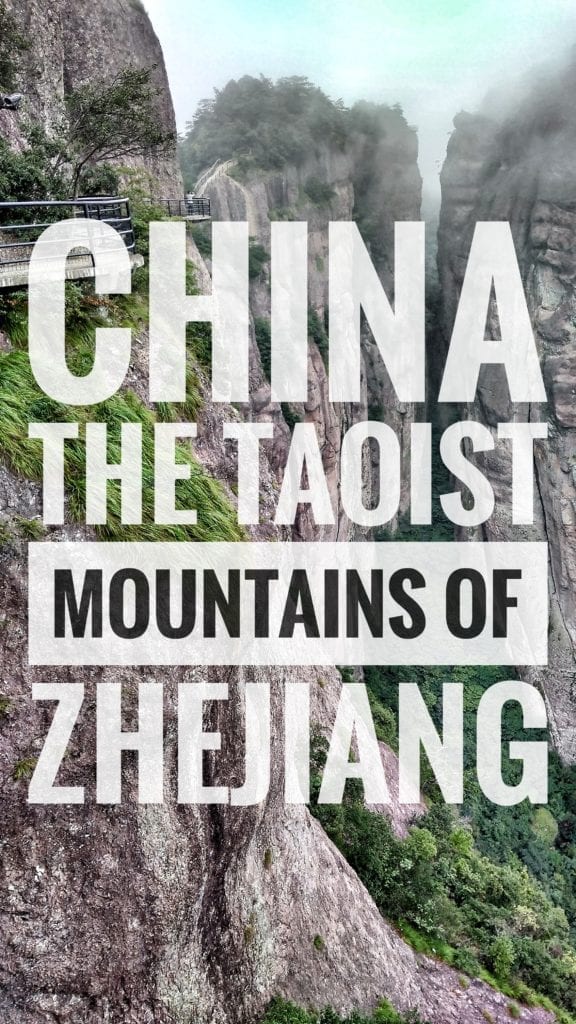
Enjoyed this? Follow Us on Social Networks and Subscribe to our Newsletter


